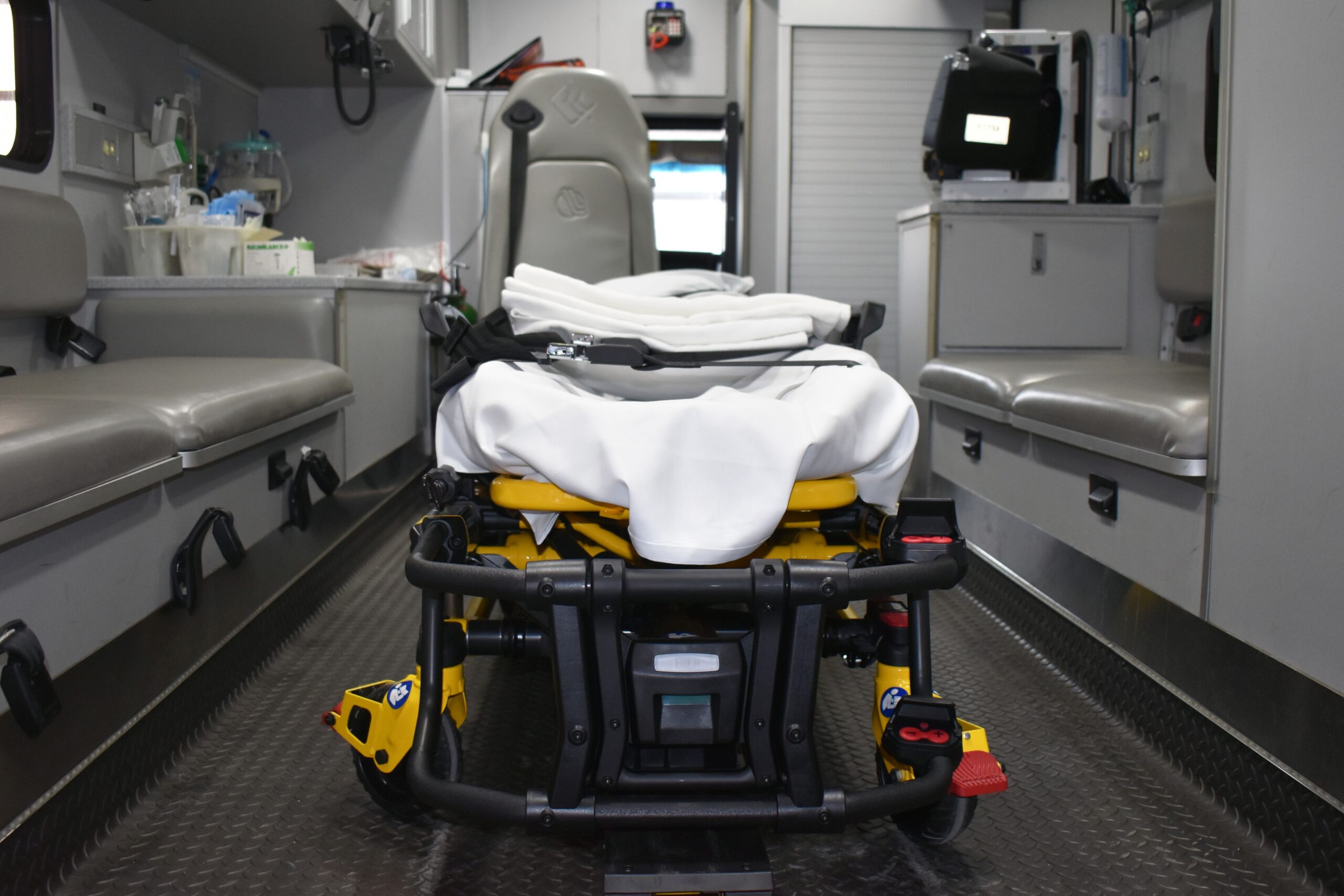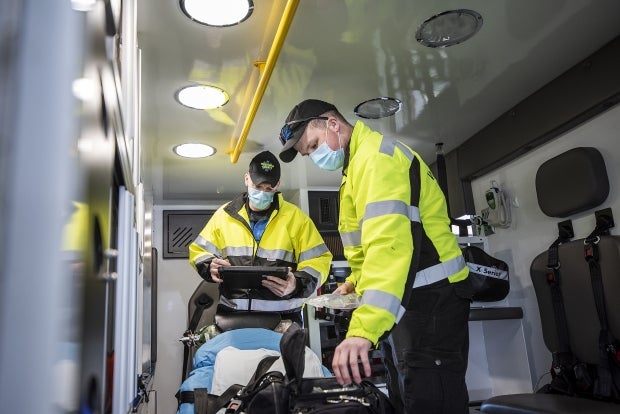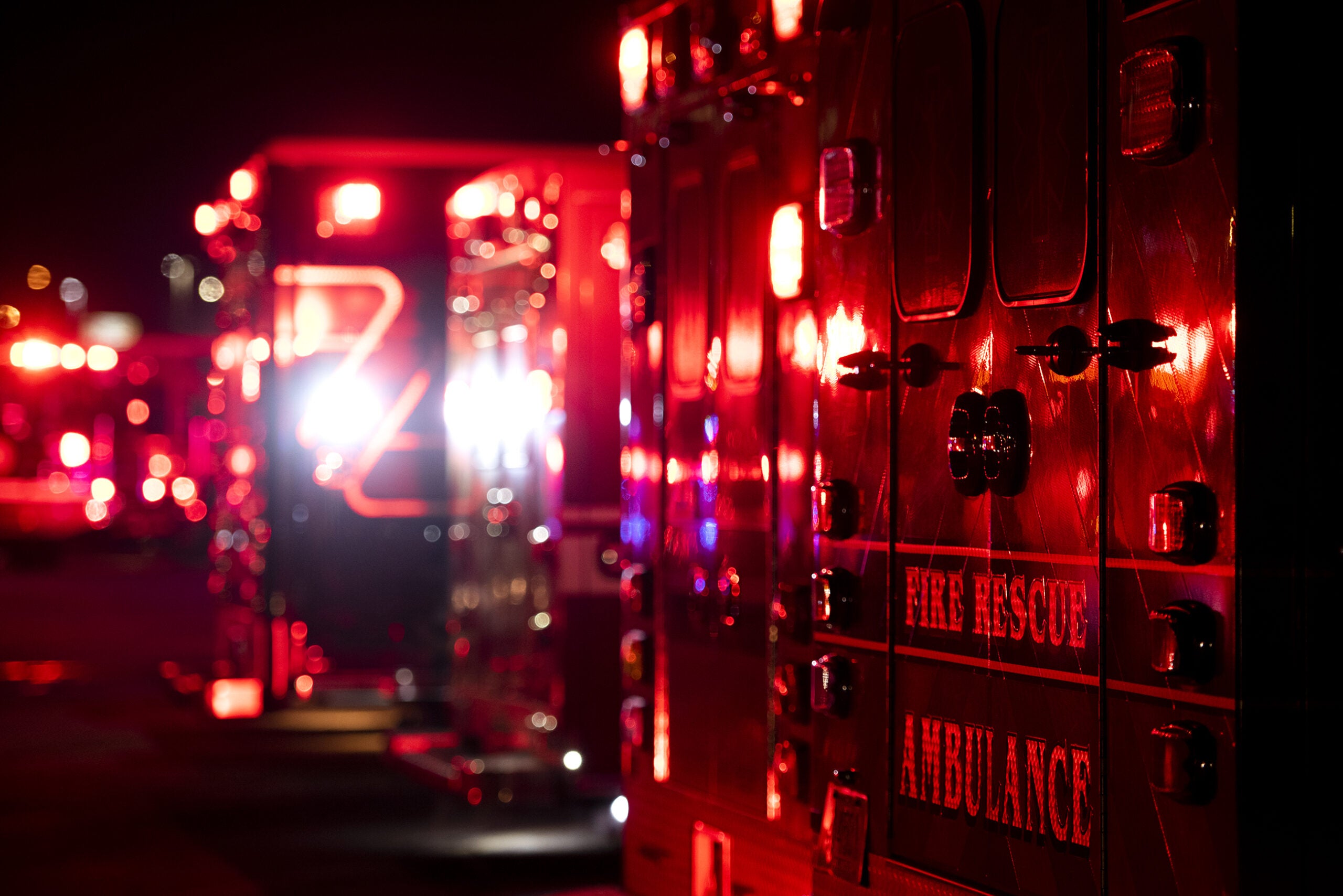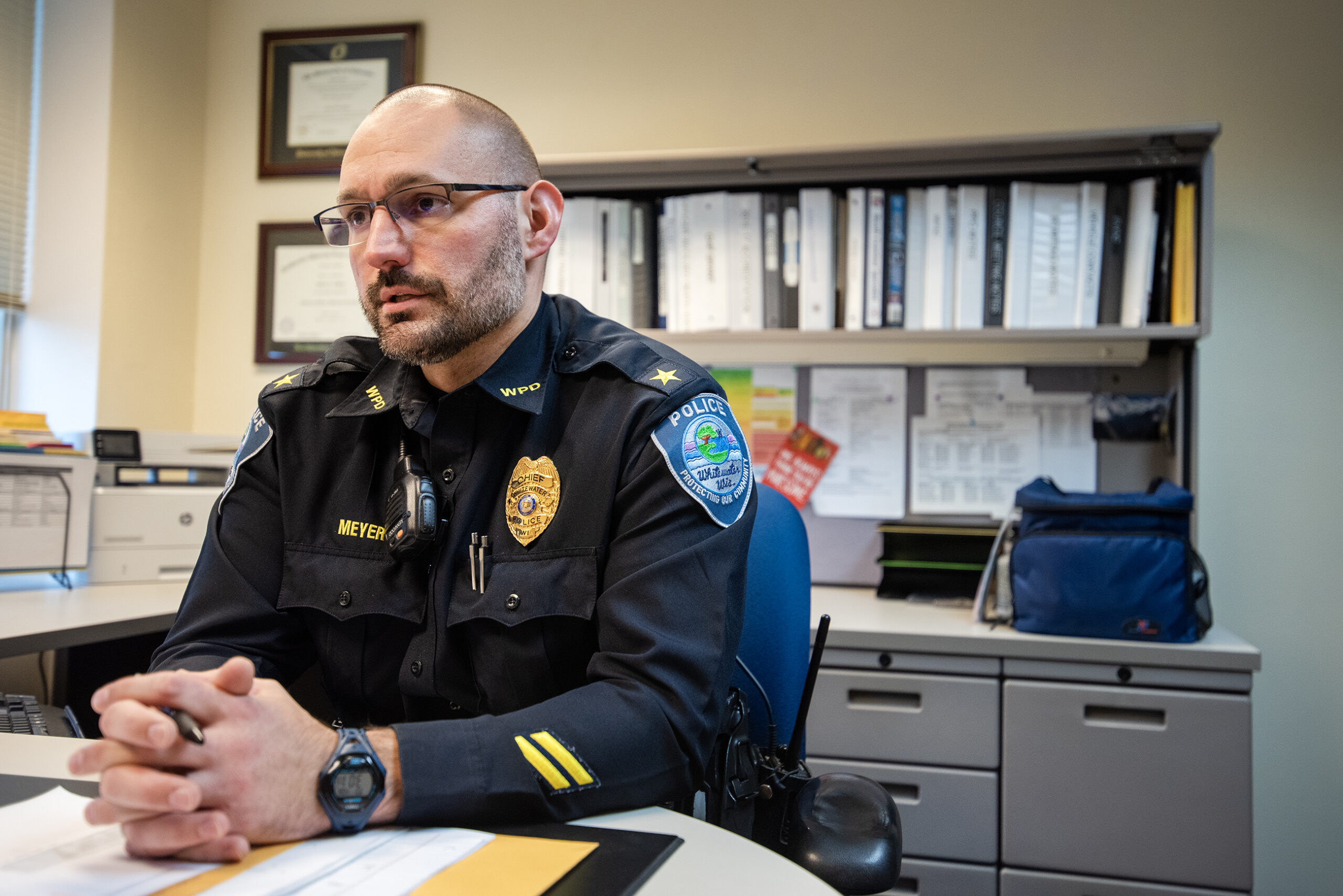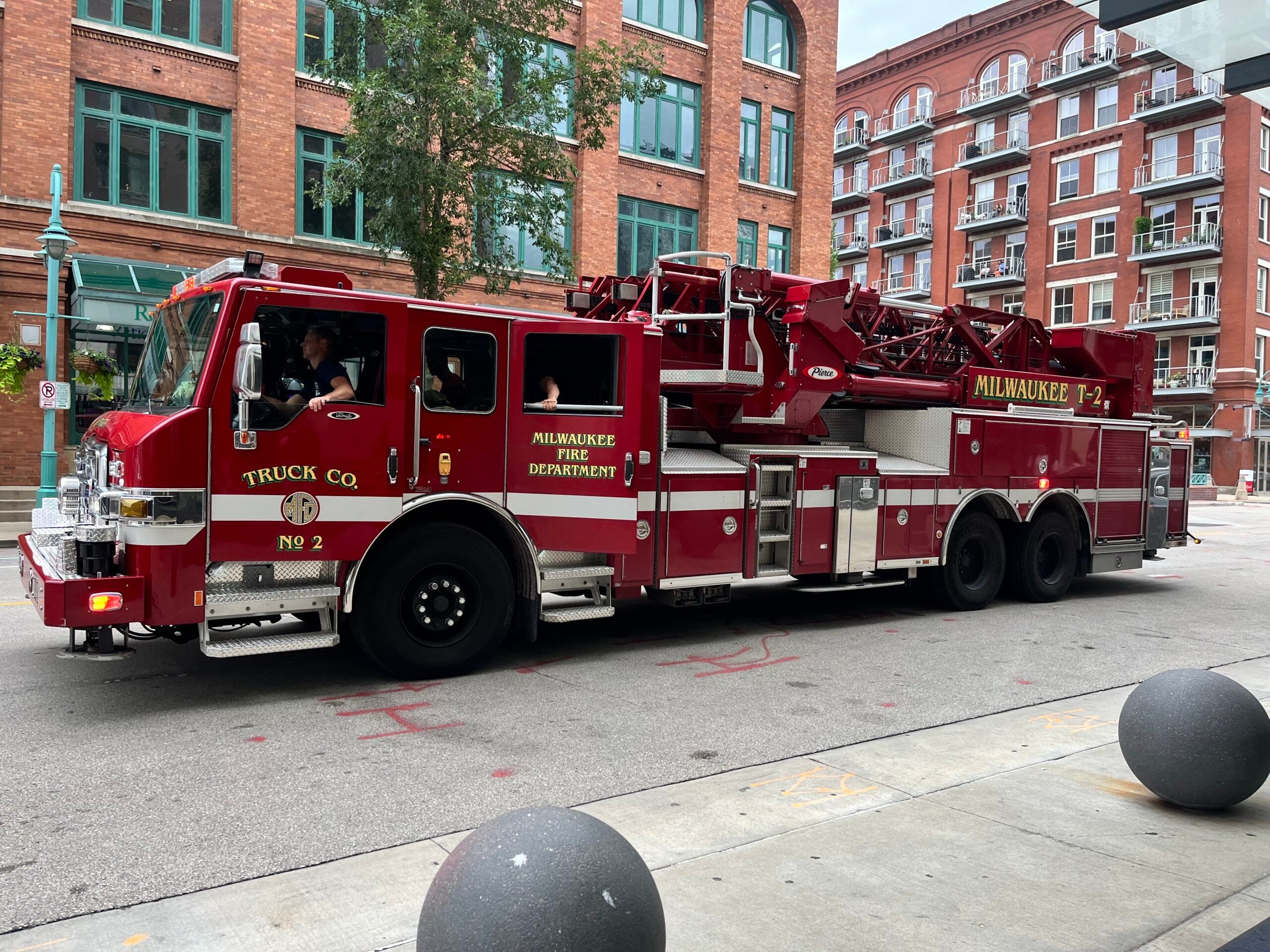A recent survey of ambulance services in Wisconsin found staffing and financial challenges have left many on the brink of collapse, leaving them unable at times to respond to 911 calls.
Ambulance services in Wisconsin have long-relied on volunteers, and Wisconsin towns are mandated to provide emergency services unless it’s provided elsewhere. Over time, a lack of volunteers and inadequate funding have left some communities struggling to provide service.
The Wisconsin Office of Rural Health surveyed the state’s ambulance services in late 2022, according to James Small, its rural EMS outreach program manager. Small said 41 percent of the 218 services that responded didn’t have enough volunteers to respond to 911 calls at times within the last year. The survey found 21 percent of services only had a crew of two or three people to provide around-the-clock coverage — the bare minimum required in Wisconsin.
News with a little more humanity
WPR’s “Wisconsin Today” newsletter keeps you connected to the state you love without feeling overwhelmed. No paywall. No agenda. No corporate filter.
“That’s putting them in a very, very precarious position as far as being able to continue responding to calls,” Small said.
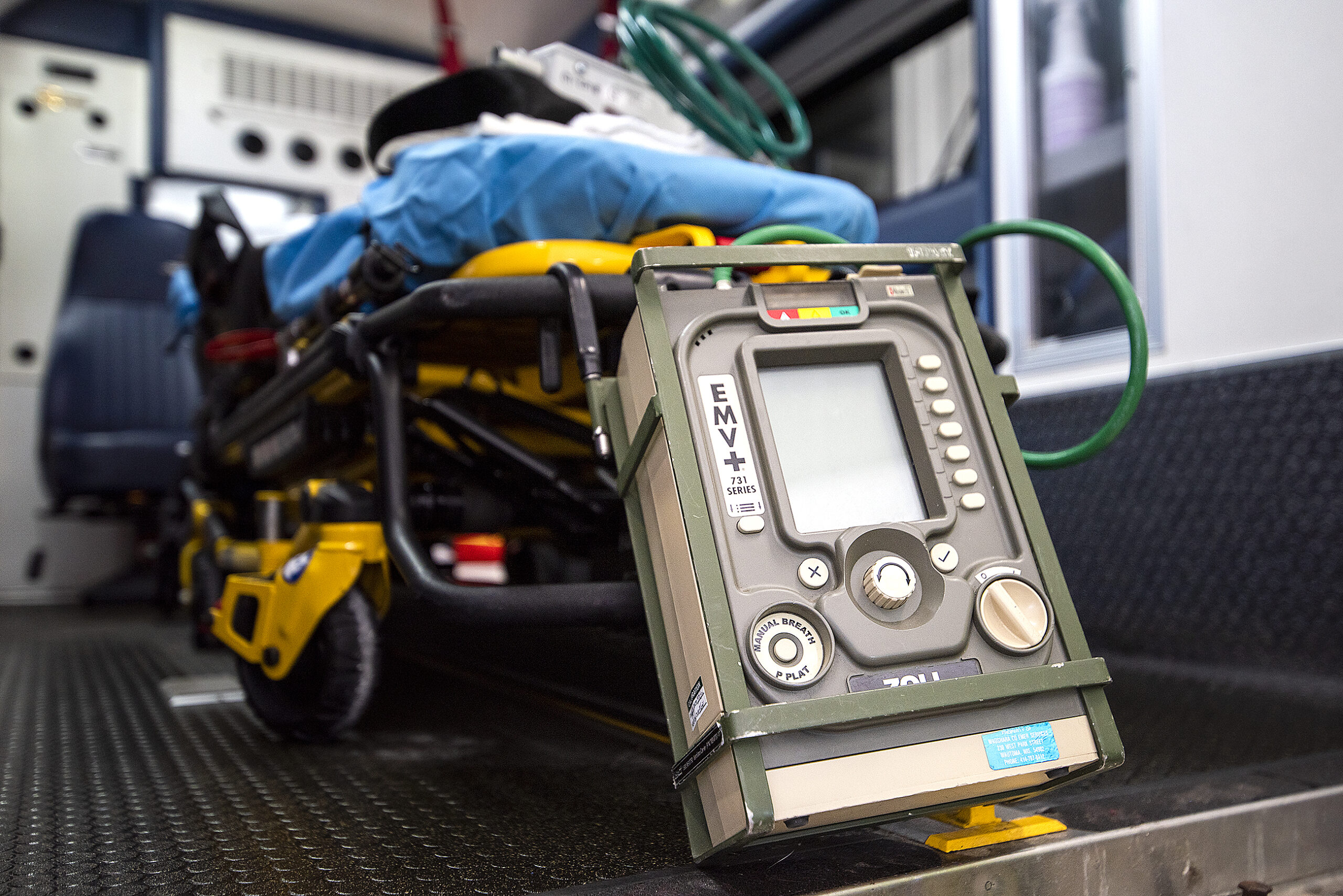
Small said survey responses represent about 60 percent of the state’s ambulance services among Wisconsin’s roughly 800 emergency medical services providers. The state has a mix of service models — some are staffed by paid EMS workers, some with a combination of volunteers and paid on-call staff and some solely by volunteers.
Cari Broge, service director for Glidden Ambulance, said she has 10 volunteers that receive a stipend to respond to about 100 calls each year for four northern Wisconsin towns in Ashland County. Two of those towns lost service for roughly half a year in 2021 when their previous provider ended its contract. Often, she said, only two people are able to respond to calls during the work day when it’s most challenging to find volunteers.
“There are times when there just is not anybody available,” Broge said. “It’s not a huge number by any means, but it does happen.”
On average, she said there are a couple of times each year when no one is available and a neighboring service is called to respond. Of services surveyed, 78 percent called a neighboring agency to respond to 911 calls at least once in the previous 12 months due to low staffing.
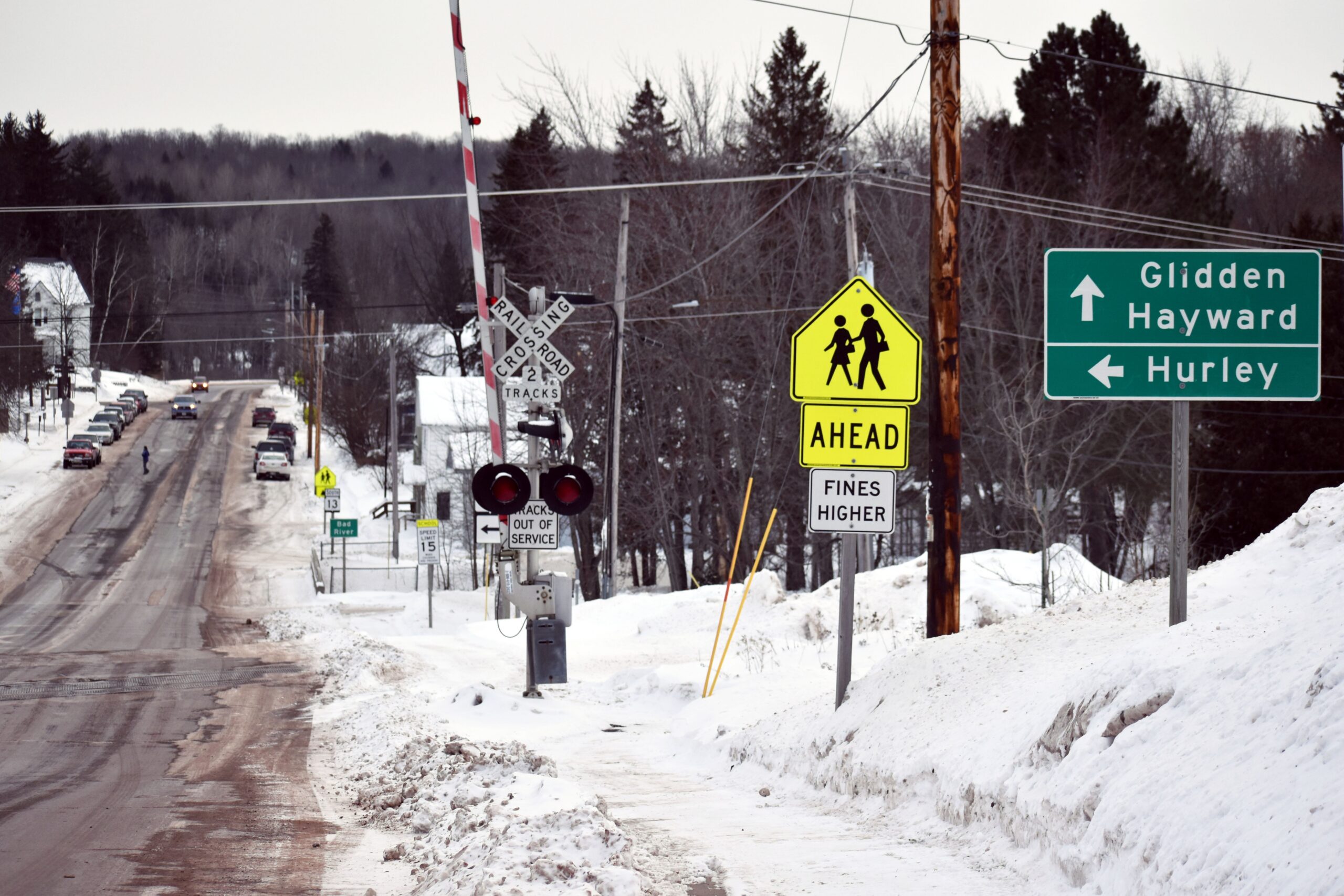
Danielle Kaeding/WPR
Staffing levels among services are the worst they’ve ever been, said Alan DeYoung, executive director of the Wisconsin EMS Association. He noted the recent survey found 41 percent of services have six or fewer staff. Rural areas like northern Wisconsin have confronted greater challenges and longer response times, but urban and suburban departments aren’t immune.
“Everybody is struggling with staffing,” DeYoung said. “So as your department is unable to staff a 911 call, and you call mutual aid to another department, and they have the same staffing crisis happening, they’re not able to go either.”
At its worst, the survey found 911 calls went unanswered by ambulance services in at least 10 communities.
The Wisconsin EMS Association wants the state to devote more funding to the issue to help with attracting and retaining people to staff services. Just under one-third or 29 percent said they don’t have adequate funding to operate through this year as communities have faced declining state aid.
DeYoung said preliminary estimates show nearly $500 million would be needed to assist departments with staffing levels based on a per capita amount of households that would require coverage. He said his association would like to see the state provide between $250 to $300 million in funding.
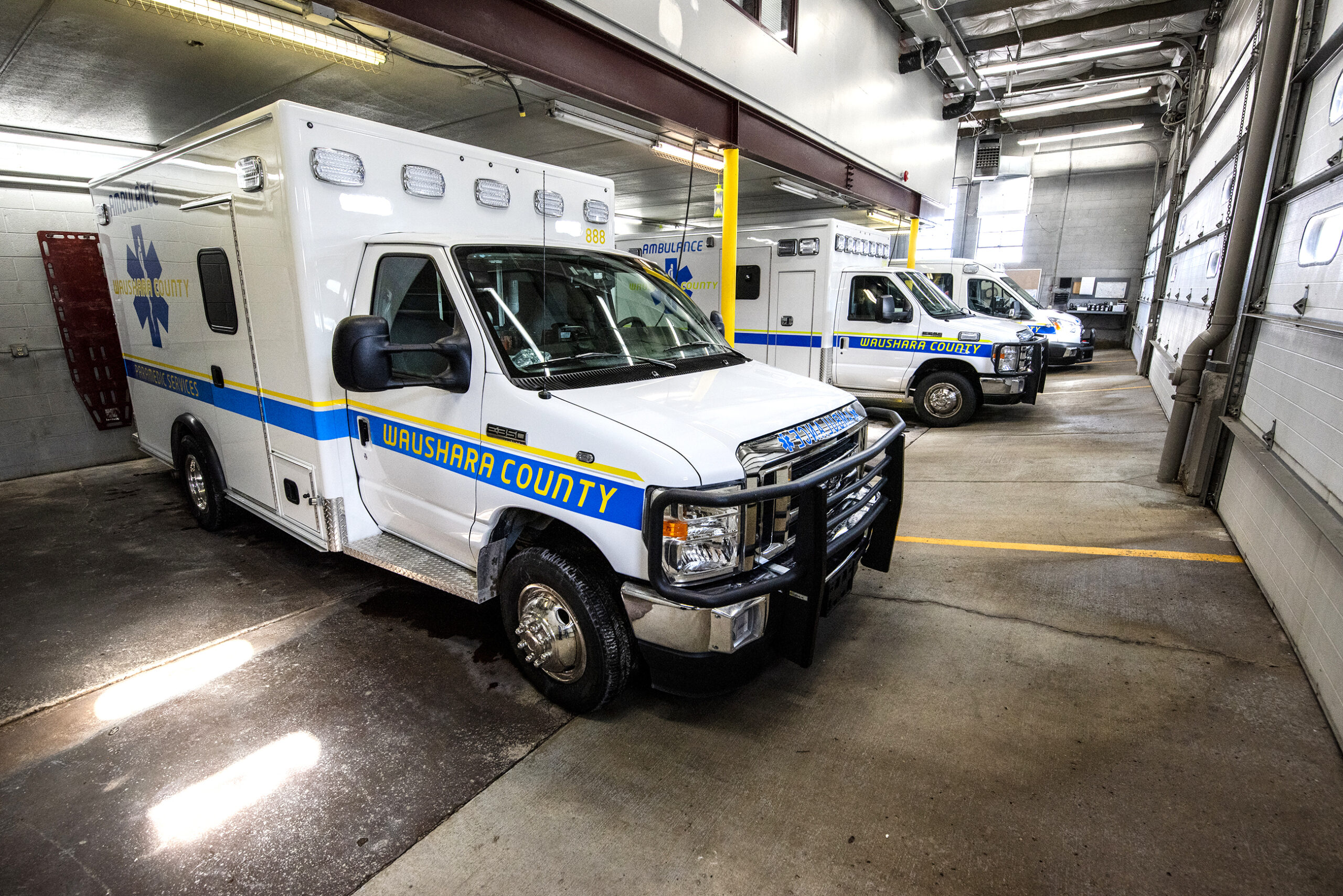
In the meantime, he noted, communities like Washburn in Bayfield counties have passed referendums to exceed their tax levy to address EMS staffing. Washburn City Administrator Scott Kluver said the vast majority of city residents supported a referendum last April that increased property taxes by $200,000 to pay for two full-time emergency medical technicians, who started last month.
“It’s unfortunate that we had to do it in the first place — that things have gotten this bad,” Kluver said.
Washburn’s service and others in the region have struggled to find volunteers as people face demands with work, family and training. At the same time, services statewide are seeing growing calls for service from an aging population. Amid those struggles, Bayfield County in far northern Wisconsin recently implemented a countywide EMS tax in an effort to raise funds to help support their EMS agencies.
Under an exemption, Wisconsin counties can collect beyond what they’re allowed in property tax revenues in order to pay for countywide emergency services. Bayfield County instituted the tax this year to raise $180,000 for contracts that will be paid to its nine EMS agencies.
In exchange for the funds, Bayfield County Emergency Management Director Meagan Quaderer said the hope is agencies will maintain or improve services as they grapple with insufficient funding and volunteers.

Danielle Kaeding/WPR
“It’s a tough job,” Quaderer said. “People have continuing education requirements. You have recertification requirements. Not only that, you’re paying to go to these places, so it costs an EMT. Instead of volunteering their time, they’re volunteering a lot of their own finances as well. It’s really turning people away.”
Bayfield County isn’t the only one to resort to a tax. Sawyer and Portage counties also tax residents for emergency medical services. Even so, DeYoung and Small note that not all communities have the ability to tax residents to provide services, especially small towns.
Throughout the pandemic, Gov. Tony Evers awarded $32 million for 442 licensed EMS agencies to aid with the cost to provide services using COVID-19 relief. As those dollars are exhausted, Evers has announced a proposal to send 20 percent of the state’s sales tax back to local communities for shared revenue, providing more than half a billion dollars next year. Of that, the governor’s proposal would devote $250 million in payments to support law enforcement, fire and EMS.
The proposal would require the approval of the Republican-controlled state Legislature. Assembly Speaker Robin Vos, R-Rochester, has indicated there may be common ground on shared revenue. Even so, he told the Milwaukee Journal Sentinel that lawmakers wouldn’t provide aid without efforts on behalf of local governments to realize efficiencies or savings.
As Evers is set to unveil his budget, Small said EMS advocates hope to see a sustainable source of funding.
“It’s taken for granted that if something bad happens, I can just pick up my phone and dial 911, and something good will happen,” Small said. “And we’re finding that we took it for granted for a long time because that was the case for a long time, and we’re not in that place anymore.”
Wisconsin Public Radio, © Copyright 2026, Board of Regents of the University of Wisconsin System and Wisconsin Educational Communications Board.
